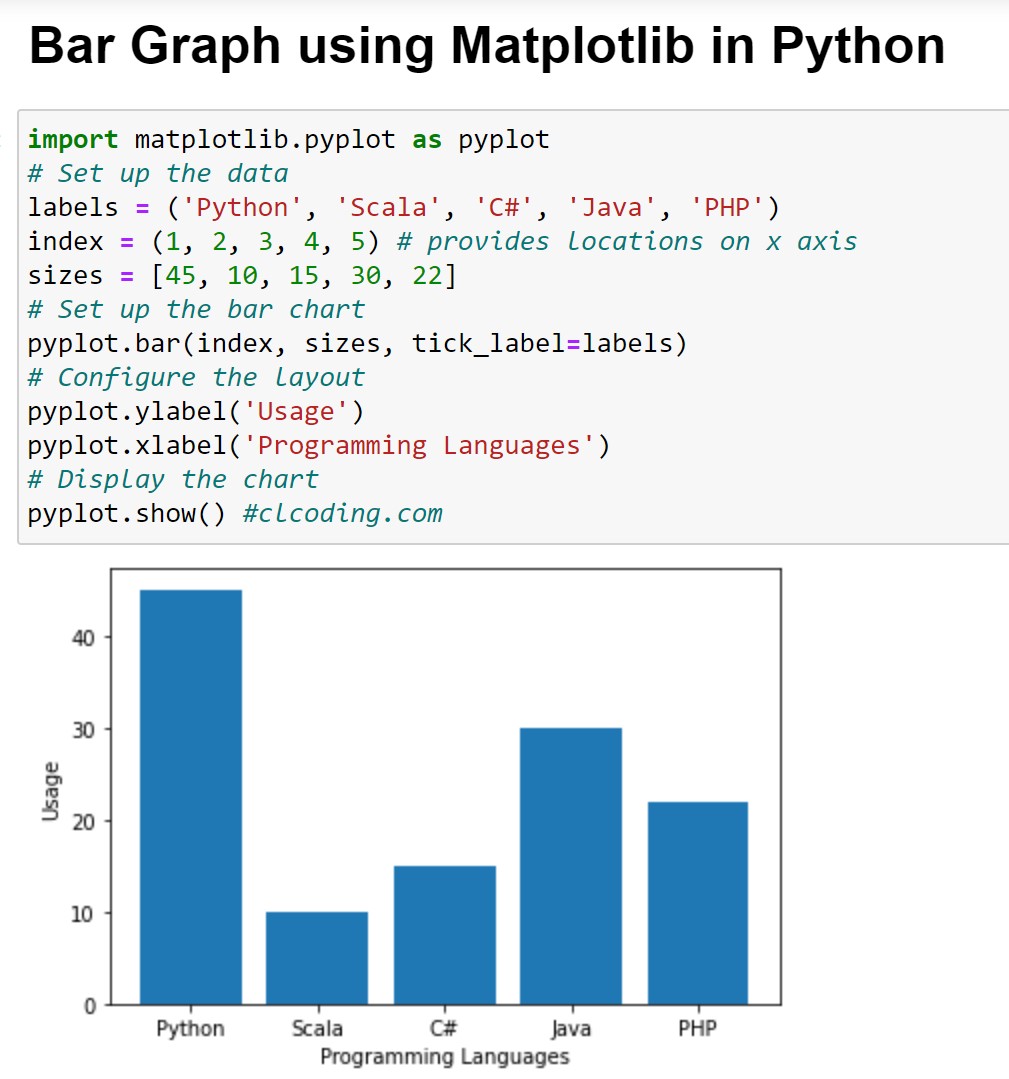import random
import math
lower = int(input("Enter Lower bound:- "))
upper = int(input("Enter Upper bound:- "))
# generating random number between the lower and upper
x = random.randint(lower, upper)
print("\n\tYou've only ",round(math.log(upper - lower + 1, 2)),
" chances to guess the integer!\n")
# Initializing the number of guesses.
count = 0 #clcoding.com
# for calculation of minimum number of guesses depends upon range
while count < math.log(upper - lower + 1, 2):
count += 1
# taking guessing number as input
guess = int(input("Guess a number:- "))
# Condition testing
if x == guess:
print("Congratulations you did it in ",count, " try")
break
elif x > guess:
print("You guessed too small!")
elif x < guess:
print("You Guessed too high!")
# shows this output.
if count >= math.log(upper - lower + 1, 2):
print("\nThe number is %d" % x)
print("\tBetter Luck Next time!")
Enter Lower bound:- 1 Enter Upper bound:- 10 You've only 3 chances to guess the integer! Guess a number:- 6 Congratulations you did it in 1 try





















































.png)






















.png)






